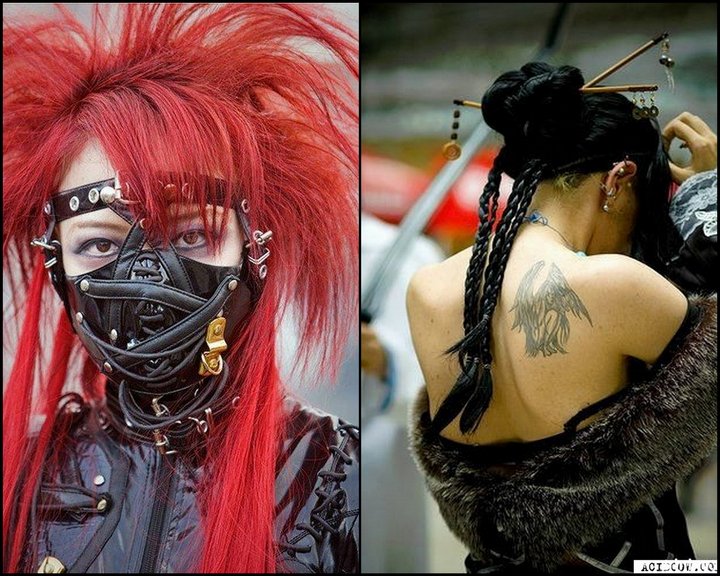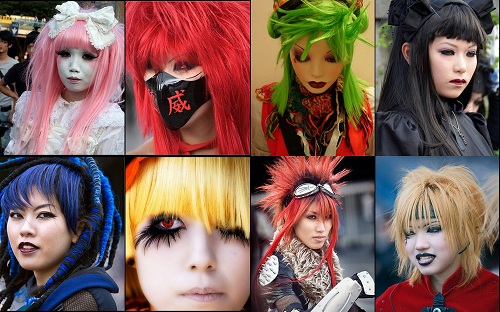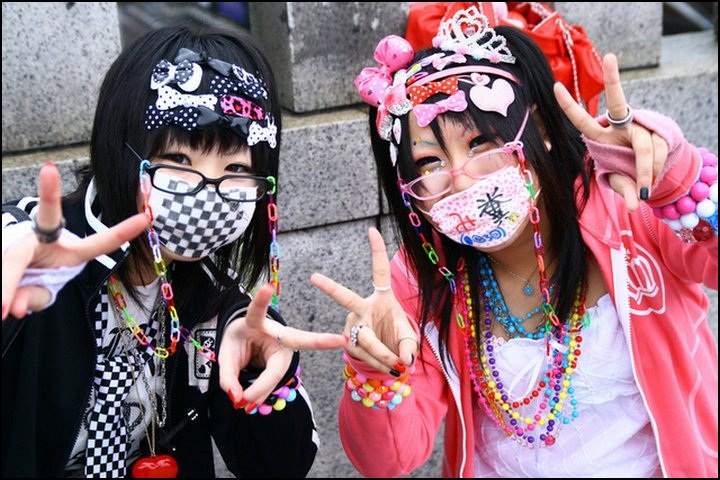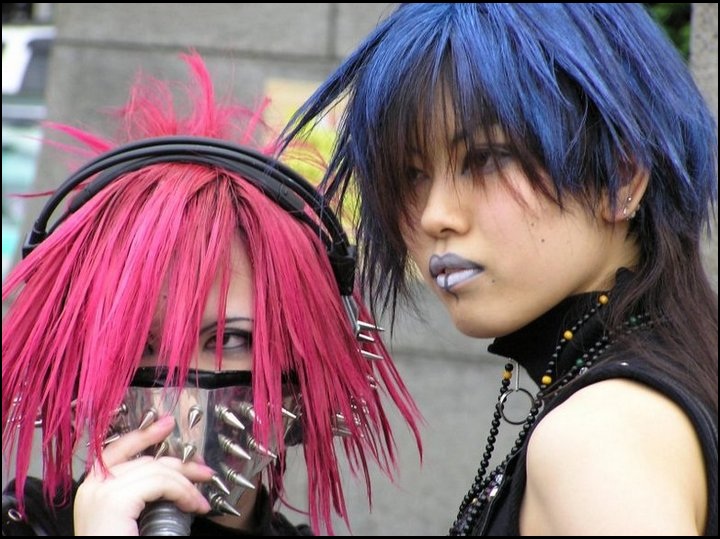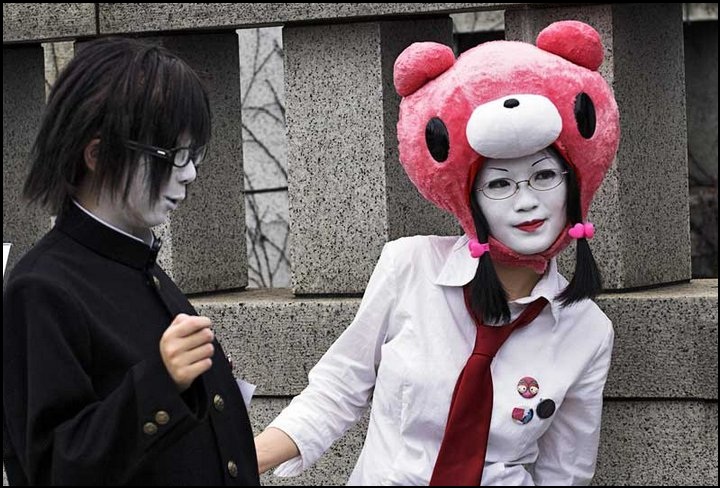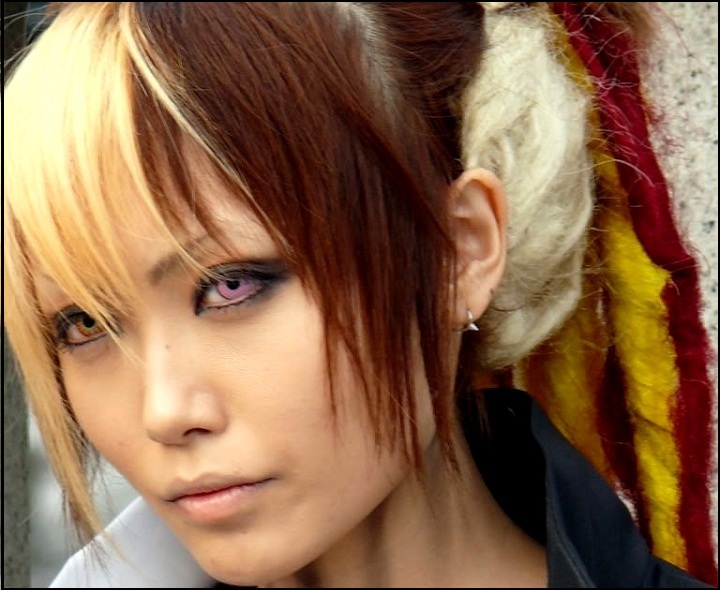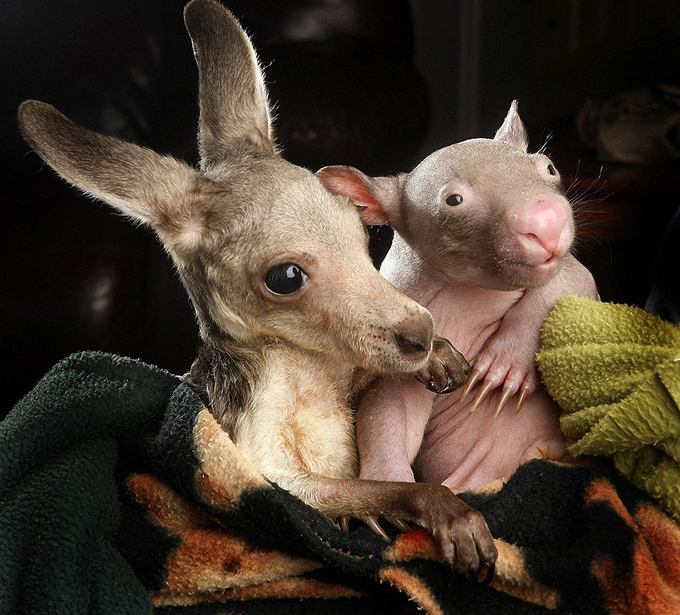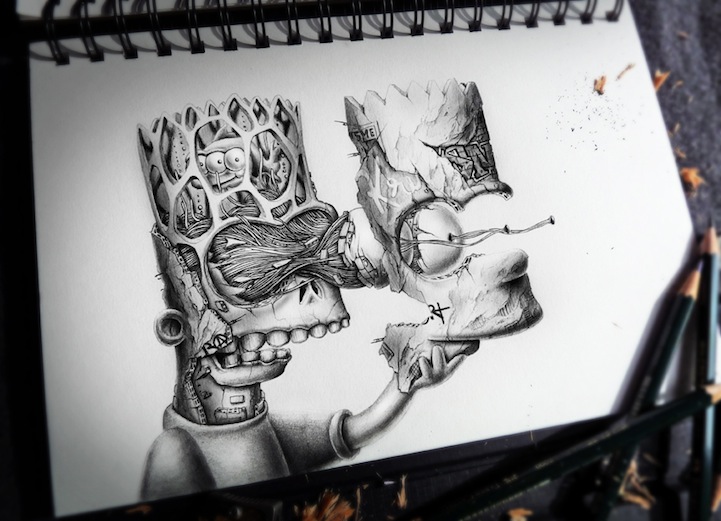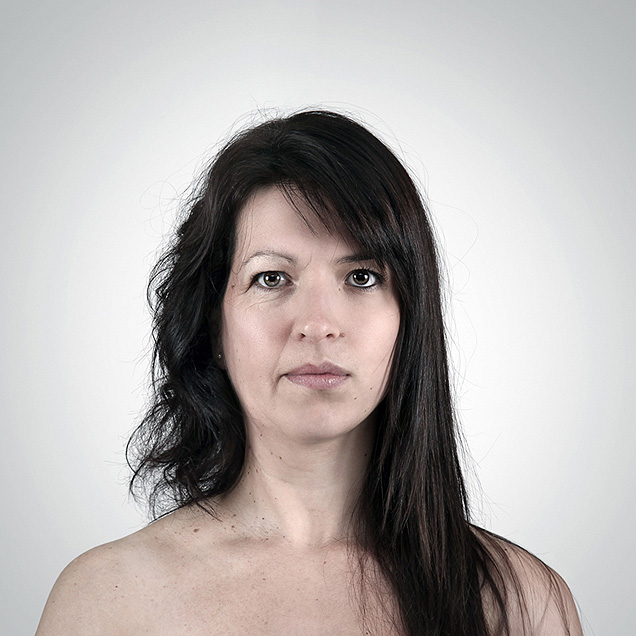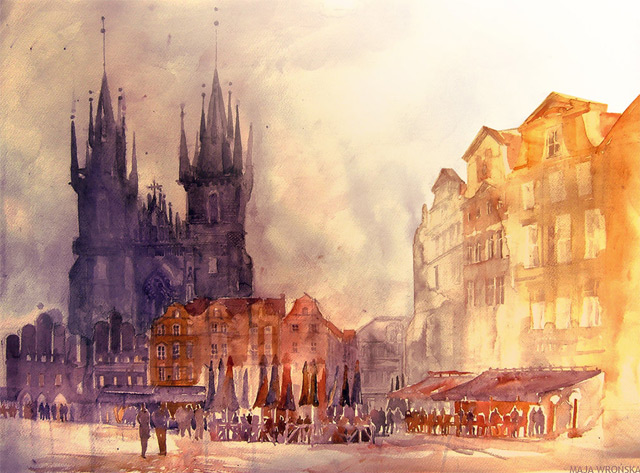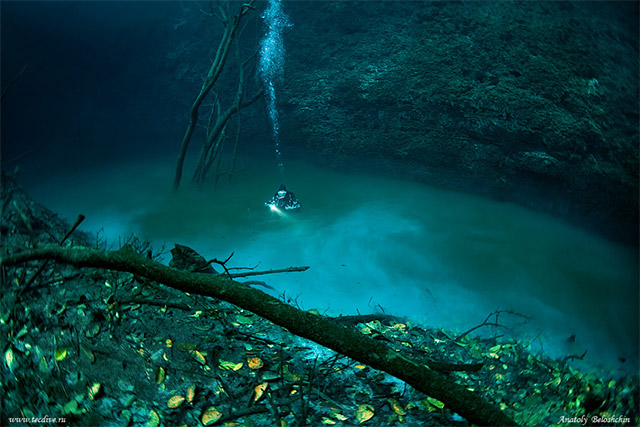Japan is a place where everyone is individual – but in groups. If you go to the park on a certain hour every Saturday, you’ll see hundreds of boys dressed as rock and rollers, dancing to rock and roll music… very seriously.So it’s no surprise that when girls want to display groundbreaking fashions that no-one has ever seen before, they want to do it in the same place, at the same time. And that place is the Harajuku district in Tokyo.
The term “Harajuku Girls” has been used by English-language media to describe teenagers dressed in any fashion style who are in the area of Harajuku. This fashion infuses multiple looks and styles to create a unique form of dress. One of these styles, Kawaii, came to fame in the 1990s. Kawaii became a popular phrase that meant something was cute or pretty. Kawaii was a form of resistance in that the style and culture associated with it were not seen as attractive by an older generation. This idea of Kawaii was a distinct youth culture separate from the traditional one in existence.The cyber-punk look takes its influence from gothic fashion and incorporates neon and metallic colors.However, it isn’t as popular as it was in the 1990s.
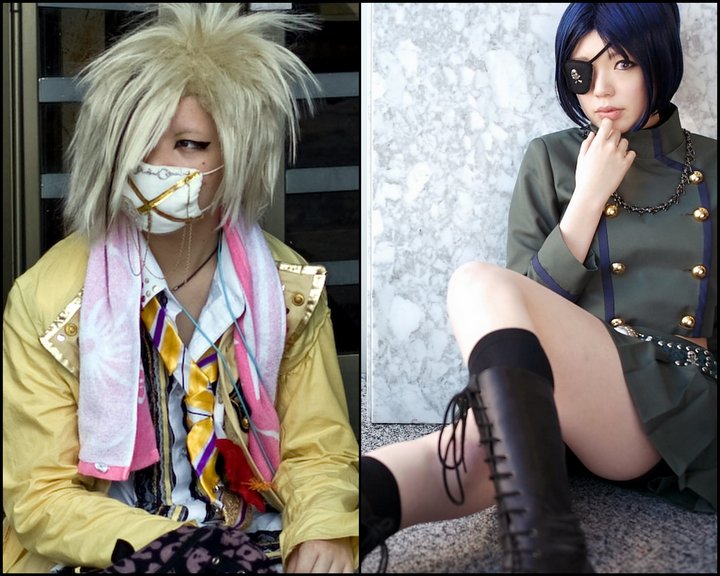

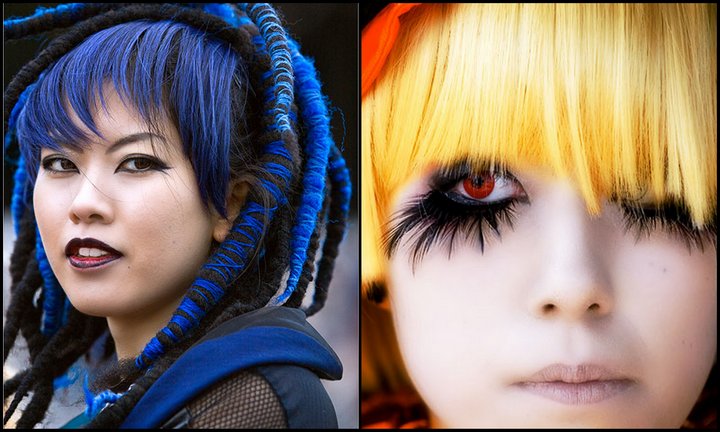
Harajuku fashion’s origin
Harajuku fashion gets its name from the Harajuku district of Tokyo. All the switched-on harajuku kids go there to explore the many clothes shops and gather Yoyogi park, the cafes in Omotesando street or on the way to the Meiji shrine to display their latest harajuku creations for tourists as well as for their friends.
Harajuku became famous in the 1980s due to the street performers and wildly-dressed teens who gathered there on Sundays when Omotesando was closed to traffic. Omotesando is a very long street with cafes and upscale fashion boutiques popular with residents and tourists alike. Once it became pedestrianised on sundays it was the perfect place to meet, play music and show off!
Having a regular meeting place for art, conversation and performance gave rise to the vibrant Hokoten band scene. This was stopped at the end of the 1990s and the number of performers, Visual Kei fans,
rockabilly dancers and punks has steadily decreased since. Today on Sundays one can see many Gothic Lolita as well as many foreign tourists taking pictures of them on the way to Meiji Shrine. Some tourists are surprised to see such a large exhibition of Japanese youth dressed up in often shocking outfits.

